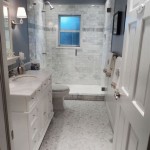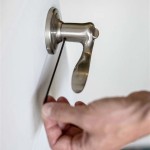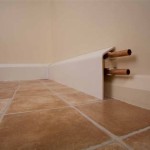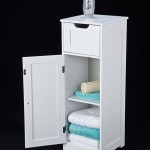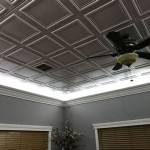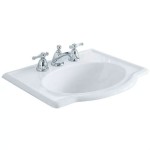How to Cover Ugly Bathroom Pipes
Exposed bathroom pipes can detract from the aesthetic appeal of a well-designed bathroom. Whether they are old, rusty, or simply not visually appealing, covering them can significantly enhance the overall look and feel of the space. This article will provide detailed guidance on how to cover unsightly bathroom pipes, offering various techniques and materials to suit different needs and preferences.
1. Enclose Pipes with Drywall or Paneling
One of the most common and effective methods to conceal bathroom pipes is to enclose them using drywall or paneling. This approach provides a clean, seamless finish that integrates seamlessly with the surrounding walls.
Firstly, determine the extent of the pipework to be covered and measure the area accurately. Cut drywall or paneling to the required size, ensuring a snug fit around the pipes. Secure the drywall or paneling to the wall using screws or nails. Fill any gaps or cracks with joint compound and sand the surface smooth for a professional finish. Finally, apply paint or wallpaper to match the existing décor. This method is particularly suitable for large areas or when aiming for a permanent solution.
2. Utilize PVC Pipe Covers
PVC pipe covers offer a simple and economical solution for covering exposed pipes. These covers are readily available in various sizes and colors to match your existing fixtures. They are easy to install, requiring minimal tools and effort.
To install PVC pipe covers, simply measure the pipe diameter and select covers of the appropriate size. Cut the covers to the desired length and secure them to the pipes using adhesive or clips. PVC pipe covers are a versatile option for covering both hot and cold water pipes and can be easily painted or decorated to match your bathroom's style.
3. Embrace Decorative Pipe Wraps
Decorative pipe wraps provide an aesthetically pleasing and readily customizable way to cover pipes. These wraps come in a wide variety of materials, including fabric, vinyl, and wood, offering a range of textures and patterns. They can be applied directly to the pipes with adhesive or secured using zip ties.
Decorative pipe wraps allow you to personalize the look of your bathroom pipes, creating a unique design element that complements your existing décor. Consider combining different patterns, colors, and textures to add visual interest and create a focal point in the room. For a more permanent solution, you can apply paint or sealant to the wraps to protect them from moisture and wear.
4. Employ Decorative Boxes or Shelving
For smaller sections of exposed pipes, decorative boxes or shelves offer a stylish and functional solution. These items are available in various shapes, sizes, and materials, allowing you to select options that complement your bathroom's design.
Decorative boxes can be used to conceal pipes behind a visually appealing facade while providing storage space for toiletries or towels. Shelves offer a similar solution, offering practical storage while hiding unsightly pipes. When choosing boxes or shelves, ensure they are adequately sized to accommodate the pipes and provide enough space for other items.
5. Utilize Pipe Insulation
While not primarily designed for aesthetics, pipe insulation can also serve to conceal pipes. Pipe insulation is typically made of foam or fiberglass and comes in various thicknesses to accommodate different pipe diameters. It is typically available in white or grey but can be painted to match the surrounding walls for a more integrated look.
Pipe insulation is primarily used for energy efficiency, preventing heat loss from hot water pipes and reducing condensation on cold water pipes. However, it can also effectively conceal pipes, especially when combined with other covering methods. For instance, you could use pipe insulation to cover pipes within a decorative box or behind paneling.
Before attempting any of these methods, it is essential to consider the type of pipes you are dealing with and the associated regulations. Certain pipes may require specific materials or installation methods to ensure safety and compliance. Consulting a professional plumber or contractor can provide valuable advice and ensure proper installation to avoid potential issues.

An Interview With A Master Plumber And 3 Creative Ways To Hide Exposed Pipes Nir Plumbing

How To Hide Plumbing In Your Bathroom Victoriaplum Com

Hiding Ugly Bathroom Plumbing Hometalk

How To Hide Ugly Plumbing Fixtures L Esseiale

Discover These 5 Methods To Hide Ugly Hdb Bathroom Kitchen Aircon Pipes Style Degree

Help What Should I Do With This Ugly Pipes In My Bathroom

How To Hide An Ugly Pipe In A Wc Houzz

Hiding Pipes In Bathroom

Boxing In Bathroom Pipework Guru

How Can I Cover These Ugly Water Pipes Without Grinding The Wall Hometalk
Related Posts
